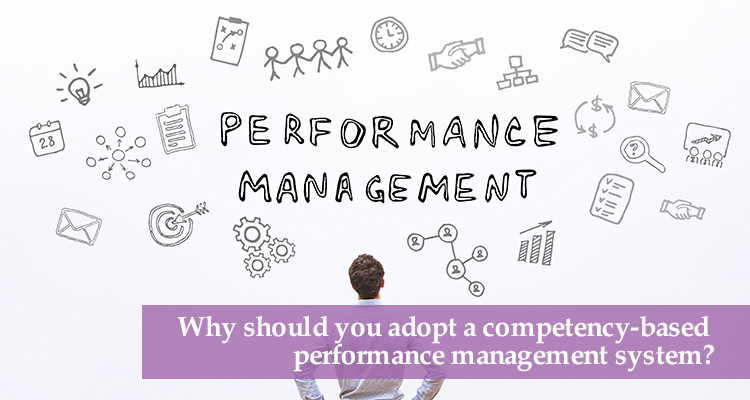[Blog 47] Why should you adopt a competency-based performance management system?

1. Helps you to create more robust training programmes
When you are assessing your employees using competencies, you can then clearly highlight the areas for improvement. Competency assessment highlights the individual’s strengths and weaknesses, so that you can target all of their development efforts in the areas they need to improve on. Such an assessment also allows you to see what are the similar competency gaps across the organisation. You can then implement an organisation wide training program that is more effective.
2. Provides you tools to recognise your employees’ strengths
This system provides you an opportunity to identify your key contributing employees, recognise their efforts and in future include them in your organisation’s pool of Hi-Pos. When you recognise certain strengths in employees, it is only natural that they will work harder on them so that they get continuous recognition for it. This indirectly acts as a positive motivator to even sharpen skills or competencies that they do not get recognised for as well.
3. Ensures that you are clear and concise on what you want from the role
Before you can track competencies, you need to first decide what they are. You have to think thoroughly through every job role to identify which skills and behaviours it requires. Not only does this help you to make clear exactly what is expected of the role, each employee in the organisation will also be able to see what their role’s expectation and make sure they are on par with the expectations set.
These same competencies can then be used in job ads to attract the right competent pool of candidates and further used in a competency-based interview process so the hiring manager can identify or look out for the right competencies that the role requires. This will help to reduce the cost of hiring new candidates and increase employee retention rate.
4. Depicts a clear picture of your existing employees’ competencies
Having a clear picture of your employee’s competencies can lead to a productive internal mobilisation of the employee. Should a new project come up where certain competencies are required of a project manager to oversee the project, you can identify someone suitable from your existing workforce in comparison to hiring a new person which may or may not stay in your organisation. It gives existing employees a fair chance to gain more experience and progress in their career within the organisation.
5. Provides data which can assist with L&D and hiring needs across the organisation
Besides providing you data which can identify training needs, identify your Hi-Pos and the competencies required as assessed using your top performers, it is also a mechanism to cross check that the competencies required are actually needed in reality. In some cases, competencies identified may not be used to measure performance for the role or certain competencies which are needed in reality may be missed. Having this check & balance in place will ensure the job role and set expectations remain relevant and the organisation continue to recognise existing employees for the right competencies and hiring new candidates with the right competencies.
Contact HRguru today to access our deep HR experience and practical real-life solutions to solve your business HR needs. Learn more about our HRguru Advisory, Consultancy or Solutions Services by contacting us now at contactus@hrguru.com.sg. You must also check out our recently released book – Nothing Surprises Me, I work in HR for more insights on our Chief Guru Tommy Ng’s personal journey in HR. Definitely a book every HR Leaders should have!







